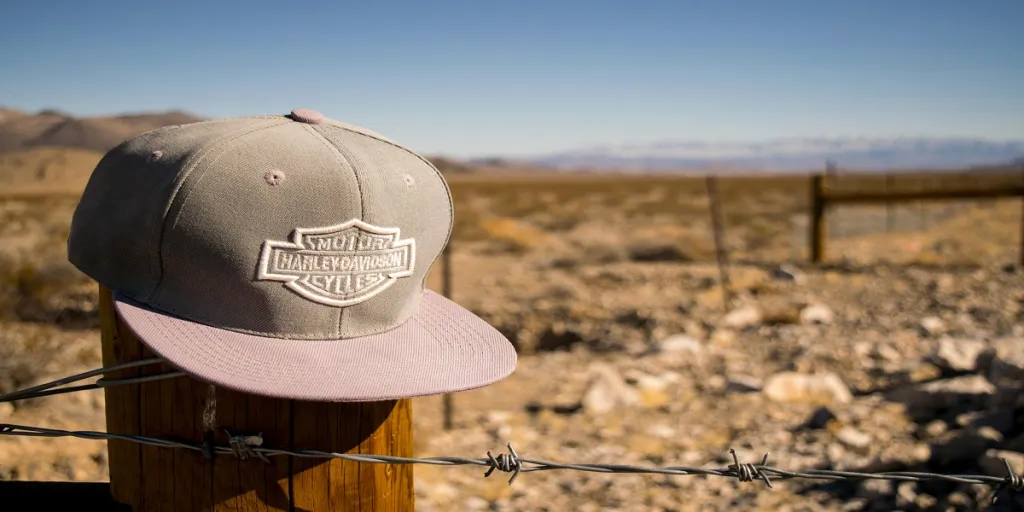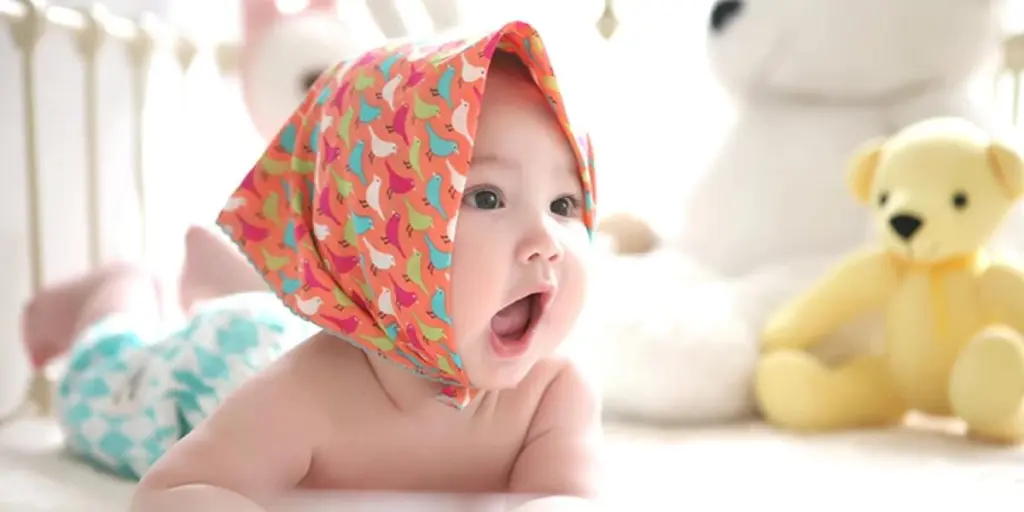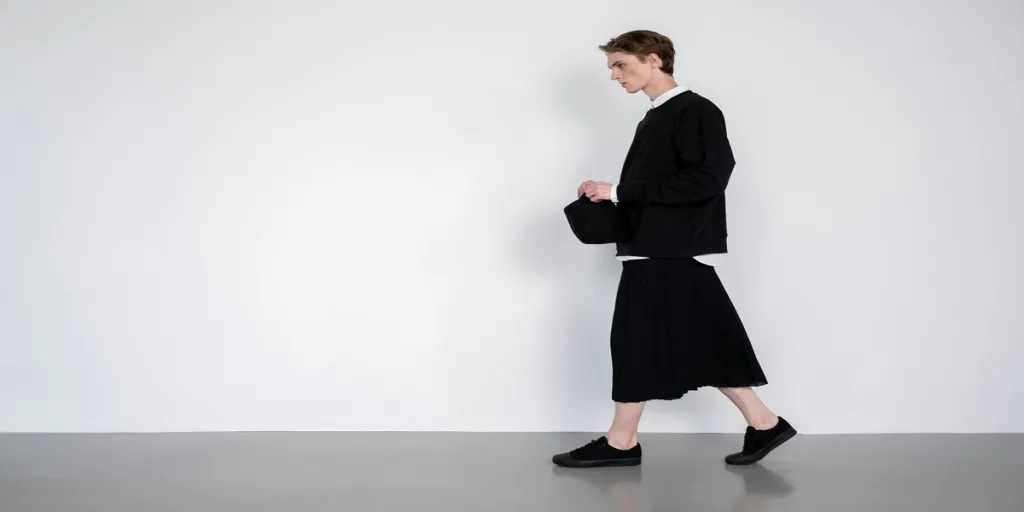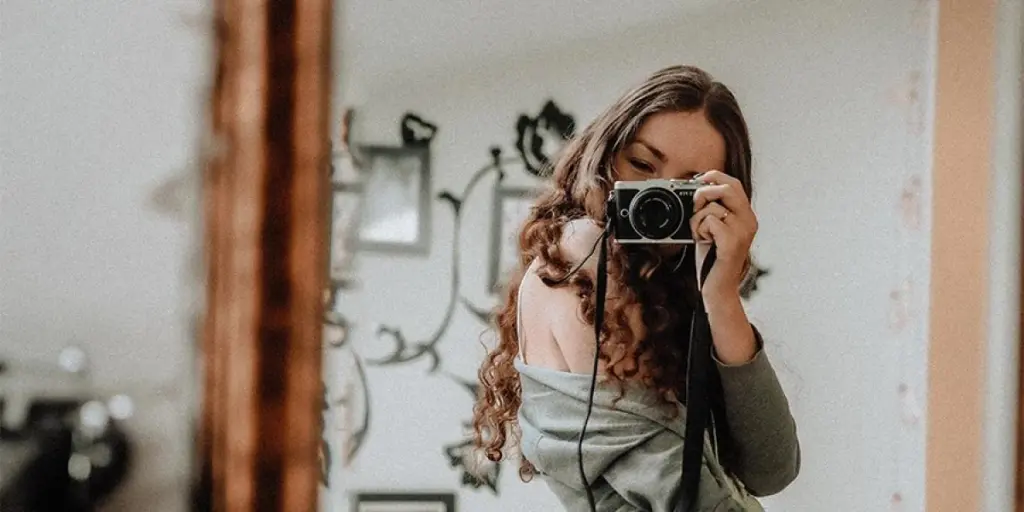Hats are a must-have accessory that will always be trendy, and consumers love customizable variants. Custom hats are adaptable, fun, and even stylish.
While wearing one is pretty easy, starting a custom hat business can be tricky. Like every other venture, there are factors intending entrepreneurs should consider. This article will examine eight considerations essential to building a successful custom hat business.
Table of Contents
Overview of the global hat market
8 factors to consider before starting a custom hat business
Closing words
Overview of the global hat market

Although they never really go out of style, hats are currently having a massive moment. While consumers wear them for practical reasons, hats are now a way for people to express themselves. Younger people primarily adopt headwear as a fashion statement, which helps to increase its popularity.
A significant factor in the market’s expansion was the population’s rapid urbanization and adoption of the youth culture, which improved fashion sensibility globally. The growing fashion industry, the increasing consumer disposable income, the adoption of e-commerce channels, shifting lifestyles, and the rising demand for convenience are additional factors boosting the headwear market’s growth.
The size of the world headwear market was about US $19.46 billion in 2021. Projections estimate the industry will reach US $28.17 billion at a compound annual growth rate (CAGR) of 6.1% from 2022 to 2027.
Hats are unique, and every fashion-conscious consumer can find a style to embrace. For this reason, selling custom hats is one of the most influential niches businesses can leverage.
8 factors to consider before starting a custom hat business
1. Consider the target audience
One of the most critical questions any hat business owner can ask themselves is who their target audience is. This factor largely determines the design, fabric choice, color, closure, and other production factors.
Delving into the hat industry means knowing what each style does and who is most likely to benefit from them. Businesses should read product reviews and note what appeals to and displeases customers.
They should also examine market trends for the designs they intend to sell. Are they in demand year-round, or are there seasonal variations? Are there rising trends in the number of queries?
Although it can be challenging to follow fashion trends because they often follow predictable patterns. This knowledge enables brands to invest in customizable hat designs that connect with their audience.
Businesses that aim at reaching everyone will reach no one. Understanding target audiences will help headwear entrepreneurs concentrate their marketing efforts and increase their chances of success. After all, great designs are useless if there are no customers.
2. Select the perfect hat style
Businesses can choose from many hat styles with appealing aesthetics. Some popular custom hats are the flex-fit and performance baseball caps, snapbacks, dad hats, trucker hats, five-panel hats, beanies, berets, and bucket hats.
Snapbacks are popular athleisure trends symbolizing urban culture and youth style. Baseball caps are yet another sporty and casual style. Consumers who want to express themselves while running errands or dressing up an outfit will love customizable variants of these hats.
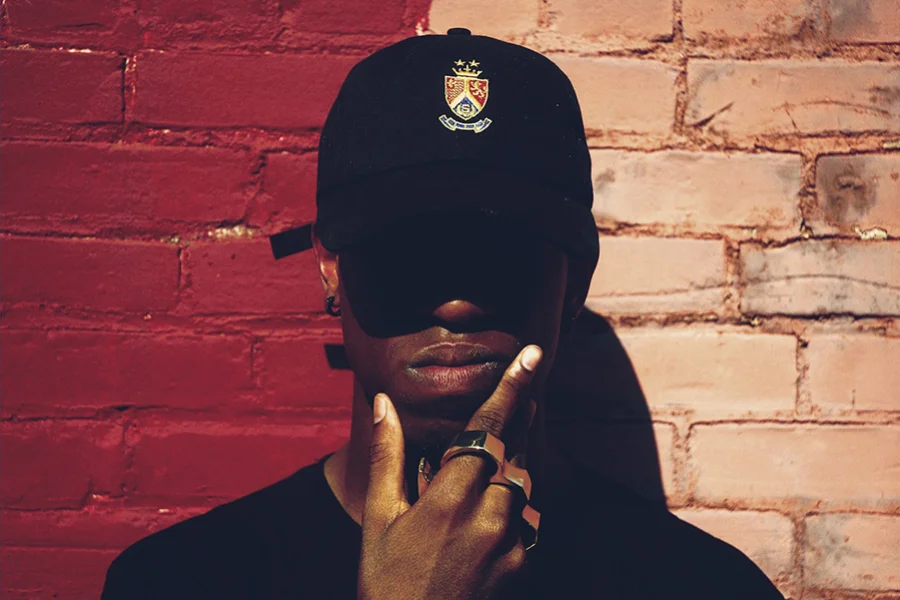
The five- or six-panel is one of the more relaxed styles consumers want to be customized. So, businesses can use this fitted, fashionable hat as a blank canvas to match the wearer’s preferences while displaying their artwork or logo.
Although trucker hats started as promotional items in the past, they have become trendy today. They have a mesh panel on the back, a high dome area, a flat brim, and lots of space on the crown for brands to showcase their favorite artwork. They are still frequently used by companies to advertise their brands. And that’s always a fantastic opportunity for large orders.
The dad hat is one of the many hat trends that will always be popular. This model has a standard bill length option or a short bill length option depending on consumers’ preference and is less structured than other hat styles.
One trend that has recently dominated the headwear industry is women’s plastic and vintage visors. Originally made to shield the face from the sweltering sun during sports, visors are now available in many vibrant and eye-catching colors.
Selecting the perfect hat style to make depends mainly on the target audience. All custom hats have different designs that accommodate various customer preferences. There are many choices; businesses can follow trends or do what they believe suits their brand.
3. Choose the right fabric for the custom patch hat
The materials used to make caps can reveal a lot about their history, structure, quality, and style. Additionally, materials greatly influence caps made from them. Each has its benefits and drawbacks, as well as the environments that work best for them.
Most millinery and hat makers try to strike the ideal balance between aesthetics and functionality when selecting materials. They constantly search for new mixtures and materials to make their products stand out in this dynamic and cutthroat market.
Polyester and nylon are synthetic fibers used for their moisture-wicking and impact-resistant qualities. Manufacturers frequently use them in making dad hats, snapbacks, and other athleisure hats.
On the other hand, cotton, linen, and wool are natural fibers. Most manufacturers love them due to their softness, breathability, insulation, and moisture-wicking properties.
However, cotton only lasts for a short time compared to other fibers like polyester. Hence, manufacturers often combine them with synthetic fibers for enhanced durability.
Plastic has recently become widespread for hats, especially for making women’s visors. Also, plastic caps are comparatively easier to maintain than other hat materials.
One surprising material fast gaining ground in this industry is wood due to its classy yet distinctive finish. Since wood is hard, making an entire hat would be a far cry. Yet, some consumers find caps with wooden peaks appealing. It’s one example of how the hat business is always open to new concepts and possibilities.
4. Mix and match colors

Colors play a huge role in hat design, and the options for customization are essentially limitless due to the enormous selection of hues and styles.
Offering consumers several color options is a great way to start a custom hat business. Retailers may start with neutral colors (like white and black) before upgrading to other selections.
5. Determine artwork for custom hats
Businesses must concentrate on the essentials when determining artwork for custom hats, like a simple but recognizable icon or text. Although going over the top can be great, retailers must note that simplicity sometimes makes a higher impact.
Symmetry is also crucial; good hat designs always have a good sense of balance. The size of the artwork must be proportional to the display area. On this note, businesses can place artwork in four typical locations: the front, back, and sides. A few placement options include a medium to small design off-center, a small design along the edge, or the most popular choice, a full center.
Retailers must also consider the file format when designing. For most printing service providers, vector files (like EPS files) are ideal since they are easy to digitize, scale, and read.
6. Add the branding and patch style
Many businesses attempt to apply one of their designs, which works well on T-shirts, to hats. However, it may be an issue as it will only appeal to specific consumers.
Thankfully, retailers can add their branding to the requested artwork and accomplish it in several ways. Usually, these methods include embroidery, heat transfer vinyl, white toner printer (digital heat fx) transfers, patch, and sublimation. Sellers may also access other subtypes like woven, embroidery, and leather patches.
Remember that creating successful designs with each method requires different techniques, materials, and machines.
7. Select the hat size
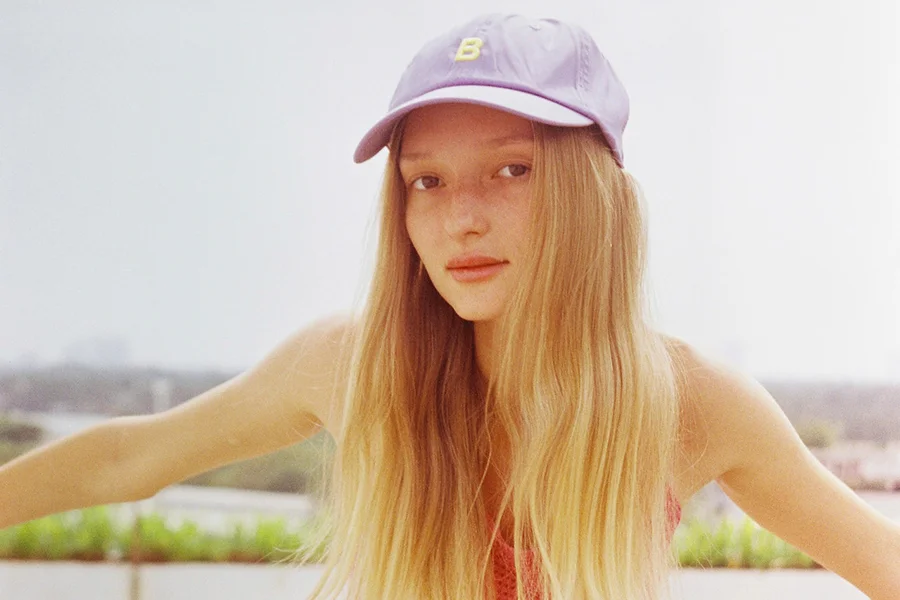
Size is important when selling any customizable wearable, including hats. Although standard sizes exist (S, M, L, XL, and XXL), they’re not always precise. Usually, a hat’s fit depends on the wearer’s head circumference. But some materials are prone to shrinkage and maybe a lesser fit.
In this regard, adjustable custom hats are the go-to for retailers delving into the customizable hat business. For more personalization, sellers can provide a size guide for clients to get their exact dimensions, helping to create the perfect fit.
8. Choose adequate closure

Closure determines a hat’s adjustability. Fitted caps don’t feature closures and will only work for the head size it was crafted for.
In contrast, hats with buckles, snapbacks, and stretchy straps are more adjustable for one-size-fits-all items.
Closing words
Custom hat retail is incredibly lucrative and can provide consumers with personalized options. However, not all hat styles are bestsellers for customization, and some may not meet the client’s demands.
However, this guide discussed eight factors businesses must consider before running a custom hat business. Retailers can follow these considerations to enjoy greater profit and sales from custom hats in 2023.
